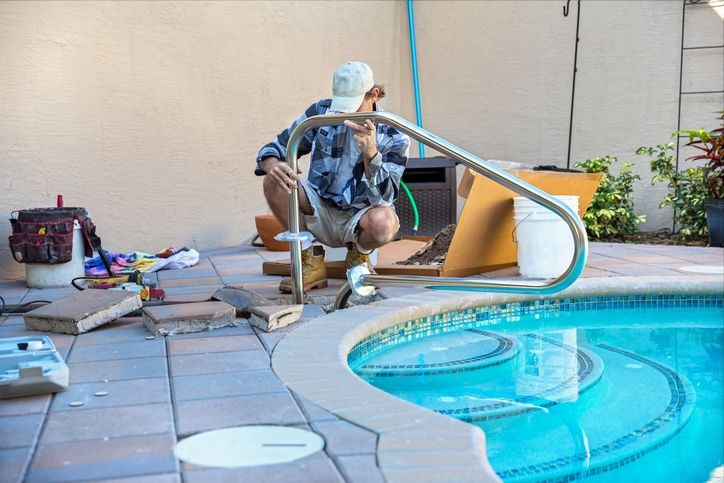In order to escape the sweltering heat of summer, many people fantasise about having their own private swimming pools installed in their backyards. Due of the high cost, many would-be pool buyers alter their minds before even shopping around for estimates. There is no need for such outcome.
If you look into the different financing options, you could find that an in-ground pool is more affordable than you had first thought. This purchase may end up saving you money in the long run in addition to offering years of fun and maybe enhancing the value of your home.
Here are your four most practical options when it comes to financing a pool:
house equity loans (HEL) house equity loans are loans that are secured by a person’s house (HELOC) home equity lines of credit (HELOC)
Direct Lending
Why and how would you want to invest in a swimming pool?
Due to shortages in both materials and labour, the price of installing a swimming pool has risen dramatically over the last year. HomeAdvisor.com estimates that the average cost of installing a swimming pool is $34,000. The in ground pool cost is essential here.
The estimated cost of an in-ground pool ranges from $20,000 to $100,000, while the estimated cost of an above-ground pool is from $5,000 to $20,000. In-ground pools, which many consider to be more aesthetically pleasing than above-ground pools, often cost more than their above-ground counterparts.
Several factors, including the pool’s size and layout, the materials used in its construction (concrete, fibreglass, or vinyl), the cost of installation, and any “extras” that you desire (such as a hot tub, slide, or diving board), will determine how much you spend on a pool. A fence should be built around the pool to prevent small children and animals like dogs from accidentally entering the water. Most homeowner’s insurance policies require this as a condition of coverage, and so do the laws of the town. Think about the annual costs of upkeep and utilities, which may range from $600 to $4,000 depending on the pool you want. Over the course of a decade, these costs might range from the low tens to high forties of thousands of dollars. Financing the pools is a crucial decision.
Step-by-step instructions for making the first pool investment
To better grasp the nuances of pool finance, let’s begin with a high-level overview of the whole process. Getting a loan to pay for a swimming pool is not much different from getting a loan to pay for any other form of home repair.
You need to put in the work to raise your credit score. Loan amounts and interest rates are more beneficial for borrowers with higher credit ratings. Raising your credit score requires knowledge of your current score, prompt payment of debts, and the elimination of any balances you may have. It’s probable that improving your credit score will require you to dispute incorrect information that has already been recorded.
You need to get serious about organising the project
How big is the plot of land you want to use for the pool, roughly speaking? What do you think the ideal proportions for your pool should be? Get in touch with a few reputable local swimming pool service suppliers that can answer your inquiries.
